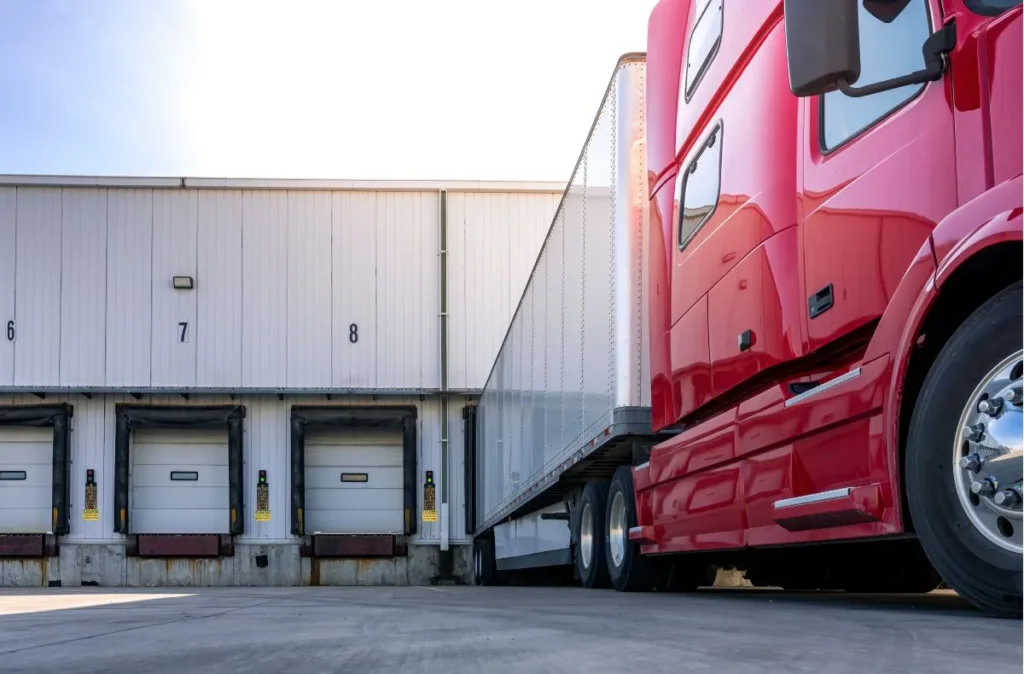According to the authors of the report, despite rail freight not reaching the heights that the European Commission once predicted it would back in the 90s, intermodal transport has not lost its raison d’être.
The report notes that after the woes of the pandemic and the start of the war in Ukraine, rail freight has taken its place at the forefront of expert discussions. Moreover, and most importantly, CargoOn says that real action has finally begun to make intermodal transport an important complement to trucking.
“Doubling the share of rail freight by 2050 is a very ambitious target for the European Commission. There is still a lot of work to be done. Rail infrastructure needs to be upgraded, but at the same time the passability of Europe’s main road routes needs to be improved. Road carriers and logistics operators must also prepare for the changes,” says Matteo Codognotto Marketing & Innovation Group Director at Codognotto Group.
There are nonetheless no shortage of challenges to be addressed if rail freight and intermodal transport is to reach its full potential. The report refers to the audit by the European Court of Auditors, who looked at the work of rail carriers, the condition of transport infrastructure, and the quality of intermodal services. They came to the not-so-optimistic conclusion that of the six countries analysed, i.e. Spain, France, Italy, the Netherlands, Germany and Poland, none is fully prepared to handle intermodal chains to a greater extent.
“The pressure to reduce carbon emissions and the obligation for large companies to carry out non-financial reporting will certainly expedite the use of intermodal transport. Shippers are increasingly coming to see that decarbonisation improves the image of their business. The immediate future of European transport will be a balanced use of different modes. Long-distance transports should be carried out more frequently by intermodal trainsets. This will help us get to low carbon sooner,” points out Ignasi Gómez-Belinchón, Cluster Manager at In-Move by Railgrup.
The experts quoted in the report agree more than ever that technology is needed to meet all these demands, to make supply chains more efficient and to bring carbon emissions to a radical halt. Without it, no transport revolution will be possible.
“Transport companies should use technology to improve productivity, for example by using platforms to increase the load factor. For companies that do not implement the right technological solutions, the future looks rather bleak,” says Albert Jan Swart, industry, transport and logistics sector expert at the Dutch ABN Amro Bank.
Freight rates still uncertain
As in previous editions, the authors of the Market Insights ON report also try to deduce from the available data what lies ahead for supply chains in the coming months. Economic indicators in the European Union are falling, Germany is in a shallow recession and carriers often have no goods to transport.
On the other hand, the report states there is relative stability in the fuel market and that inflation bars are moving slowly down in the strongest economies – both of which are of course encouraging. Companies also have a good opportunity to reduce transport costs, as freight rates are steadily falling.
Piotr Roczniak, Head of Business Consulting and Data at CargoON, said:
“From the point of view of a manufacturing or distribution company, this is a good time to negotiate favourable freight rates with the potential for considerable savings. All the more so as in many industries transport costs are one of the most important components of the budget.”
Roczniak also points out that in the first months of this year, an unprecedented thing happened: freight prices in Europe reached pre-Ukraine war levels. As recently as January this year, average spot market rates were around 23% higher than twelve months ago.
Lower freight prices are due to decelerating European economies and falling consumption, finds the report. Less work for suppliers automatically means a decrease in demand for capacity. But the variables affecting carriers are both numerous and unstable, so it is by no means certain that rates will not skyrocket again, concludes CargoOn.
The report itself can be read in full for free here: https://cargoon.eu/en/lp/mion-4/









